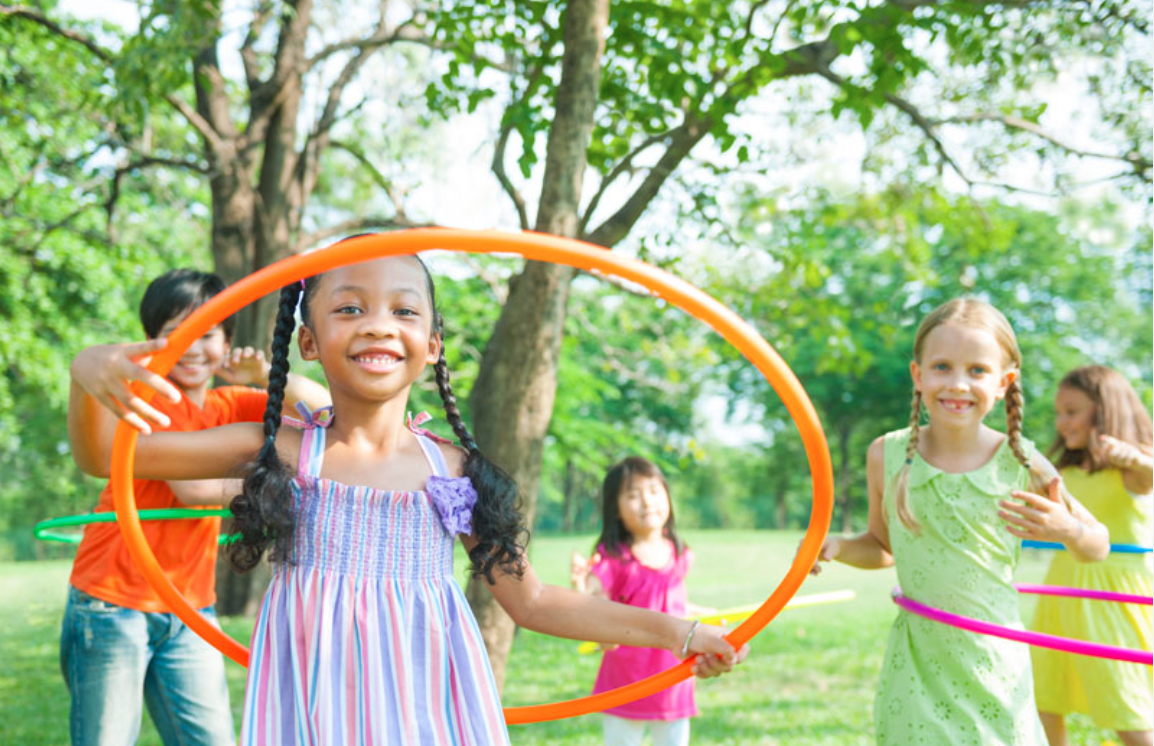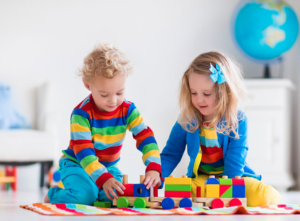What is Play Therapy & How It Can Help Your Child

Think back to when you were a child, do you remember a favorite toy you had? Or a game you loved to play? You might remember pretending the floor was lava and feeling your heart race as you jumped to and from pieces of furniture to stay alive. You might have played “house” and made food for your stuffed animals and dolls and helped them get ready for bed. Play is an integral part of the childhood experience.
Now, when you think of therapy you might not associate that with toys, games and make-believe, but play is also an essential part of therapy with children and even adolescents. Play is the language in which a child communicates best. It is a way for children to share their inner thoughts and feelings and express how they experience the world around them.
As a parent you might wonder, “how will playing with pretend swords and dolls help my child’s anxiety?”
Here are 3 ways play in therapy can have a positive impact on your child’s mental wellness:
1.Develop the Ability to Self-Express

In play therapy, a child is given the opportunity to express themself in a safe environment. They might find their voice through art, music or re-enactment with toys and figures.
For example, a young child might come in and give a lot of directions, “pretend to be a cop with me!”, “no not like that, you stand over here instead” and as their directions are followed they stand with confidence and a big smile on their face. With these actions they might be expressing their desire to have autonomy and freedom.
2. Experiencing Self-Regulation

A true play therapy environment allows a child to explore all feelings like happiness, sadness, frustration and anger. In other environments, a child might have learned that a feeling like anger is not accepted or might be grounds for punishment.
For example, a child might have learned that feeling angry and throwing a book at a classmate might have resulted in a trip to the office and a call home. From this experience they might internalize the message “it’s not okay to be angry.” In play therapy, they can learn healthy ways to express that anger, thus learning how to self-soothe.
3. Experiencing A Positive View of Self

Look again at the example above. Over time, this child might have developed the idea that “my anger is bad therefore I am bad.” As they are given a safe space to express their anger, they start to learn that anger is an acceptable emotion. As their anger is seen and validated through play, they can also start internalizing the message that “my anger is okay, and I am good.”
As adults we may forget the journey in learning how to acknowledge, express and validate our own emotions. It may even be the case that we are still currently learning to do all of this! What is beautiful about play therapy is that we honor the language of a child. In playing with them, we empower them to communicate in a way that feels most comfortable to them!
Curious about play therapy for your child?
Click here to schedule a free consultation with one of our play therapists in Corte Madera, CA!

